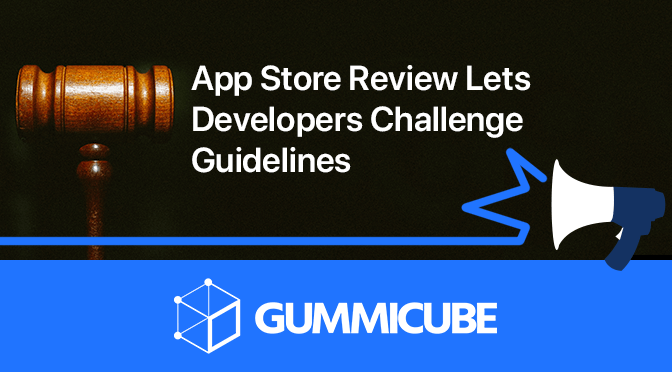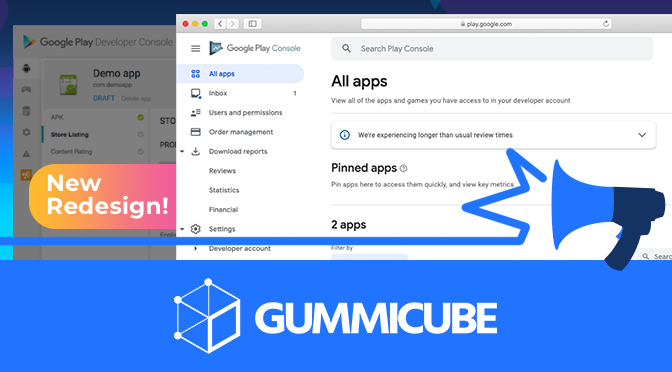
App Store Holiday Schedule 2020
Posted on November 23rd, 2020
When is the App Store Holiday Schedule 2020? Learn about the dates of this year's shutdown and how to prepare.

The App Store Review process is undergoing new changes in the wake of WWDC 2020. These changes will add new options for developers whose apps or updates are rejected for guideline violations, including ways to ensure bug fixes and updates will still reach users on time.
Developers have previously cited concerns with the process in the past, as rejections could delay bug fixes and the appeals process can take time.
With Apple’s latest announcement, this process is improving. Once the app review process changes are implemented, developers will be able to challenge the guidelines themselves and get their bug fixes launched without delay.
There are times when an app submission can be rejected for guideline violations, like using effects in a preview video that may imply features the app doesn’t have. These can be subjective, depending on the reviewer, which has caused difficulty for developers in the past.
Currently, developers can submit an appeal if they feel they’re unfairly rejected. The app and its cause for rejection will be reviewed, and if the appeal goes through, the app or update will be launched as normal.
With this upcoming change, developers can challenge not just the ruling, but the actual reasoning behind the guideline they have been rejected for.
While the mechanics for it have not been revealed, Apple’s announcement included a statement on how developers will be able to “challenge the guideline itself.” The results of these challenges could potentially influence the entire review guidelines across the App Store.
Exactly how this will work, what parts of the guidelines developers can challenge and how widespread the overall effect will be is not yet known. We will continue to update as more information is made available.
One of the most frustrating things that can happen to an app developer is when they attempt to launch an update with a bug fix only to get rejected. It could even be for something that was previously approved, as guideline rulings for creatives can be subjective.
When this happens, the delayed bug fix can have unfortunate consequences for the app. Bugs left unchecked can result in high uninstall rates, negative reviews and decreased usage time, all of which can negatively impact App Store Optimization.
This is also being addressed with the upcoming changes. According to apple:
“For apps that are already on the App Store, bug fixes will no longer be delayed over guideline violations except for those related to legal issues. Developers will instead be able to address the issue in their next submission.”
This means that if a developer needs to launch an update to stop their app from crashing every three minutes, but the reviewer takes issue with their use of the word “free” in the subtitle, the update will still be able to go live. However, the developer will need to address the reviewer’s concern before any future updates go live.
With this change, developers can launch bug fixes with fewer delays or concerns. This will enable faster damage control, potentially preventing losing users to the bugs.
These new changes can help improve the app review process for developers, enabling them to get bug fixes out faster and address their grievances with the guidelines.
The new review process will be implemented this summer, although the exact date has not been given. Keep an eye on Gummicube’s blog for more information about changes to the App Store and the review policy as it’s announced.
Want more information regarding App Store Optimization? Contact Gummicube and we’ll help get your strategy started.

When is the App Store Holiday Schedule 2020? Learn about the dates of this year's shutdown and how to prepare.

Apple's App Store Guidelines have strict privacy requirements. Developers now must provide information to users on the App Store listing regarding the data they access.

The Google Play Developer Console has been updated with a new design and adjusted tools. What's different, and how will it impact App Store Optimization?